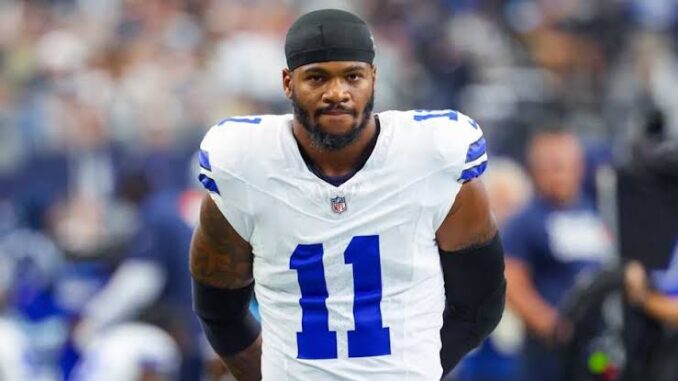
In a surprising move, the Dallas Cowboys have released a player they had recently traded for, raising questions about their evaluation process and roster decisions. This development underscores the unpredictable nature of NFL roster management and the challenges teams face in making quick, yet informed, decisions.
The player in question was acquired in a trade to bolster a position of need or provide depth in a key area. Trades are often seen as a strategic way to quickly address weaknesses or enhance the overall talent pool without waiting for the draft or relying solely on free agency. However, for various reasons—ranging from poor performance in training camp to misalignment with the team’s system or locker room dynamics—the Cowboys ultimately determined that releasing the player was the best course of action.
Such moves are not uncommon in the NFL, where teams are constantly evaluating their roster and making adjustments in real-time. Sometimes, a player’s fit within a new scheme doesn’t materialize as expected, or the team may feel they have a better option available either through internal development or by signing someone else. In other cases, injuries or off-field issues might influence a decision.
For fans and analysts, the move serves as a reminder that trades, while often seen as a sign of long-term planning, can also be a gamble. The Cowboys, like any NFL team, must balance risk with reward when making such moves, and not every acquisition will pan out as hoped. In this case, the release may signal a shift in the team’s strategic priorities or a reevaluation of their overall depth chart, but it also highlights the cutthroat nature of the NFL, where only the most consistent players earn long-term spots on rosters.
Leave a Reply